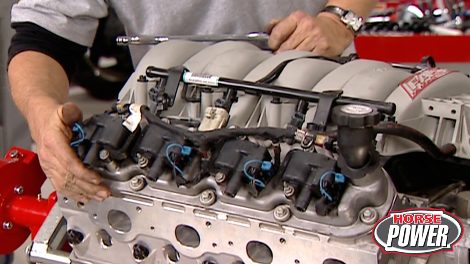
LS-1 Engine Build-Up
We rebuild a high-performance LS1 engine for our 98 Camaro, transforming it into a street fighter.
Season 9
Episode 7
Hosts: Joe Elmore, Chuck Hanson, Mike Galley
First Air Date: June 1, 2015
Duration: 18 minutes 13 seconds




























